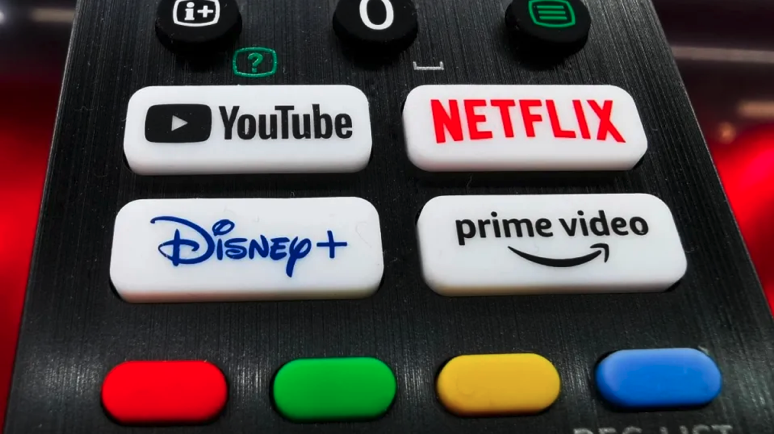The Streaming Challenges
The streaming industry has undergone a remarkable transformation over the past decade, fundamentally altering the way we consume entertainment. Services like Netflix, Amazon Prime Video, and Disney+ have become household names, even Apple is part of the conversation and Paramount is becoming a benchmark. All working on redefining the landscape of the media and entertainment business. However, with great success comes great challenges. In this article, we will explore the current challenges facing the streaming business and how industry leaders are navigating these turbulent waters.
Saturation and Competition
One of the most prominent challenges in the streaming industry today is saturation. The market is flooded with numerous streaming platforms offering a wide range of content. This saturation has led to fierce competition for subscribers and a never-ending battle for exclusive content rights. As a result, streaming companies are compelled to invest heavily in original content production to retain and attract subscribers. Heck, it even makes for a complex experience to find a show, or even decide which to watch.
2. Content Costs and Monetization
While creating original content is essential for survival, it is also prohibitively expensive. The costs associated with producing high-quality movies and series, coupled with the increasing fees for A-list talent, can put a significant strain on streaming platforms' finances. To counter this, many platforms have raised subscription fees, leading to concerns about affordability for consumers. Additionally, it is proven now that the ‘original’ monetization mechanisms of SVOD, TVOD, and AVOD are not that binary anymore and two things are happening.
New hybrid models are coming out, being explored, and whatnot.
Some have realized (Disney) that just one distribution model for all that original content might be the very best way.
3. Global Expansion and Localization
Streaming platforms are rapidly expanding their global footprint. This expansion brings localization challenges, as companies need to adapt to various cultural norms, languages, and regulatory frameworks. Meeting these diverse needs while maintaining a consistent brand identity is no easy task. Here, the benchmark and juggernaut is no doubt Netflix, which this way earlier than everyone and is still ahead.
4. Regulatory Hurdles
Regulatory challenges vary from region to region, but they often include issues related to licensing, taxation, and content classification. Streaming companies must navigate these complexities while adhering to local laws and standards. I have dealt with licenses and nuances of separated markets; this exercise is surely a complex and exhausting one.
5. Consumer Fatigue
With an abundance of streaming options available, consumers may experience content fatigue. Juggling multiple subscriptions can become overwhelming, leading some to question whether they are getting value for their money. Simplifying content discovery and subscription management is essential to retain subscribers. Again, like the first point, here is why ‘cable’ is still alive, and I’m not sure it will fully die. In this line of thinking, the last frontier is probably ‘live sports’ where streaming is behind by its native nature of being [perennial ‘On Demand’, but I’m guessing some company will break this and things will change. The main challenge is this, should we get audiences? Or money? it is a conundrum that cable & broadcast benefit as it provides both. Yet, think about HBO and its traditional PPV fights. They are live, right? Bring a lot of money? Yet still lower in terms of audiences. The point is that the model is there basically.
6. Innovating in the Face of Challenges
Despite these challenges, streaming platforms are adapting and innovating. They are exploring new technologies like virtual reality (VR) and augmented reality (AR) to enhance user experiences. Even Netflix has this new ‘interactive’ film feature where the user can choose a story path. Additionally, partnerships with other industries, such as gaming and music, are becoming more common to provide added value to subscribers.
Conclusion
The streaming business has come a long way, reshaping the entertainment industry and becoming an integral part of our lives. However, the challenges it faces today are formidable. Saturation, content costs, user experience, global expansion, piracy, regulatory hurdles, sustainability, and consumer fatigue – these issues require constant attention and innovation.
Navigating these challenges will require a delicate balance between providing appealing content, growth, a decent-sized audience, and being a profitable business. Success in the streaming business hinges on adaptability and a commitment to delivering a superior user experience while addressing the pressing issues of our time. As the industry continues to evolve, it is certain that new challenges will arise, and streaming companies will need to stay agile to stay ahead.

